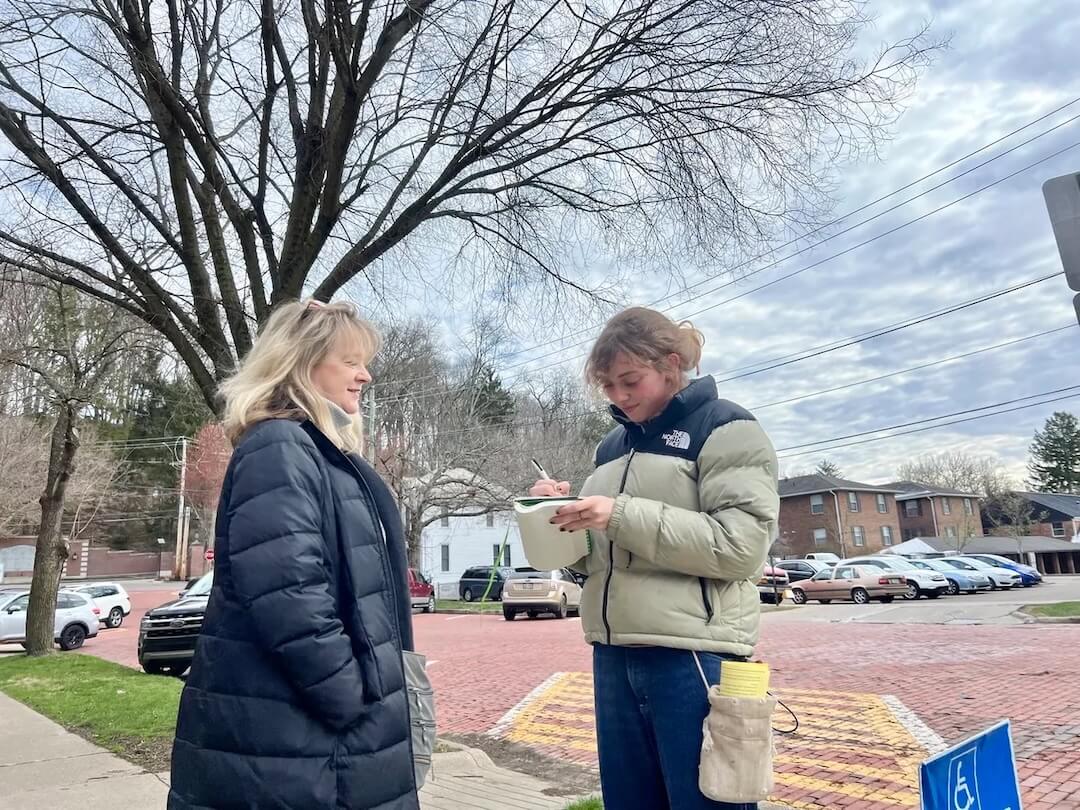I spent my vacation reading from pixels instead of paper.
I read e-book versions of “Bruce,” a Springsteen biography by Peter Ames Carlin, and Dan Brown’s bestselling novel “Inferno.” Both had great potential for extra audio and video that could have created a much richer experience. But the e-books offered no more than the ink-on-paper versions.
My disappointing experience offers a lesson for news organizations that are considering selling e-books because its shows how legacy media is still thinking like … legacy media. Book publishers still have an old-school mentality — like many newspaper editors.
E-books offer great opportunities for magazine and newspaper editors because the digital versions can include video, audio and other content that will enrich a story. Newspapers such as The New York Times and The Washington Post are publishing e-books because they can bring in extra revenue and new audiences. Consumers are accustomed to paying for books, and there are established stores (Amazon and Apple’s iBooks) that will market and sell them. But to do e-books right, editors and book publishers should take advantage of their multimedia features.
I read the iBook versions of Bruce and Inferno on my iPad, but the experience would have been pretty much the same if I’d used the Kindle versions. Here’s what they were like and how they could have been better:
Peter Ames Carlin’s “Bruce”
I’m a longtime Springsteen fan and was happy to find a biography that presented an honest account of his rise to stardom. Carlin shows Bruce warts and all — his petty behavior with girlfriends and his creative struggles as he recorded great albums such as “Born to Run.”
But while music is central to the story, you’ll have to be satisfied with Carlin’s words because the e-book doesn’t have any audio. There undoubtedly are hours and hours of video and audio that would complement Carlin’s smart prose. It would be easy to mix them into the e-book at key points to give the reader (listener? viewer?) a more fulfilling experience.
Instead, all we get is prose and some old Springsteen family snapshots.
Carlin told me by email that an enhanced multimedia version “is something I’ve definitely mused upon, dreamed about, etc. But it’s also very tricky terrain, given the verities of who owns what recordings and/or song publishing, and the costs of clearing rights for publication, and so on. I’m sure such enhanced books will soon be commonplace, but most likely as artist-approved projects, I think.”
I see his point, but I think it would be worth exploring more. Sure, there would be some licensing challenges, but Springsteen’s managers cooperated with him and might have allowed iTunes-length snippets or short compilations.
I was so frustrated with the lack of music that I downloaded several Springsteen albums to my iPad and played them in the background, so I could hear “Thunder Road” as I read how Bruce recorded it. I had to create my own multimedia e-book because the publisher, Touchstone/Simon & Schuster, didn’t.
Dan Brown’s “Inferno”
Inferno is part thriller, part travelogue.
As protagonist Robert Langdon and his sultry companion Sienna Brooks (Langdon’s companions always seem to be sultry) flee the villains, they duck into touristy sites in Florence and Venice, Italy, as well as Istanbul, Turkey. Brown does a decent job describing them with his workmanlike prose, but I often wanted to see photos and maps.
The e-book let me down. Despite an author’s note that promised authenticity — “All artwork, literature, science and historical references in this novel are real” — the e-book didn’t have any photos or maps, let alone animations that might have tracked the progress of Langdon and Dr. Brooks. I’m not saying Doubleday, the publisher, should have turned it into a Saturday morning cartoon, but some photos and a little animation would have enhanced my experience.
Just as I had done with the Springsteen book, I created my own multimedia experience for “Inferno.” I found a website compiled by historian Sanford Holst that features collected photos and maps of the book’s locations. I kept it open in Safari and referred to it every time Langdon and Brooks arrived at a new location.
Enhanced e-books are in their infancy, so I haven’t read many that take advantage of multimedia features. But I’ve seen a few, such as Katherine Boo’s “Behind the Beautiful Forevers,” a powerful account of poverty in Mumbai that includes video. Hollywood also has seen the potential, using free e-books with video and interactive features to promote the TV show “The Bridge” and the film version of “Les Miserables.”
Some of the big publishers such as HarperCollins, Penguin and Simon & Schuster have begun selling more enhanced e-books. But they represent a small portion of all e-books. (I emailed a Doubleday spokeswoman but did not hear back.)
Newspaper and magazine editors should pay attention to the opportunity here. Enhanced e-books are not only a new way to tell stories, they’re also a way to make money. But editors have to think beyond ink on paper.
Related: What news organizations are learning from their e-book efforts | Star Tribune publishes serialized novel in paper, turns it into an e-book | In the year of the e-book, five lessons from — and for — news organizations
Bill Adair is the Knight Professor for the Practice of Journalism and Public Policy at Duke University. He also serves an adjunct faculty member at Poynter and is a contributing editor for PolitiFact, which is run by the Poynter-owned Tampa Bay Times.








Comments